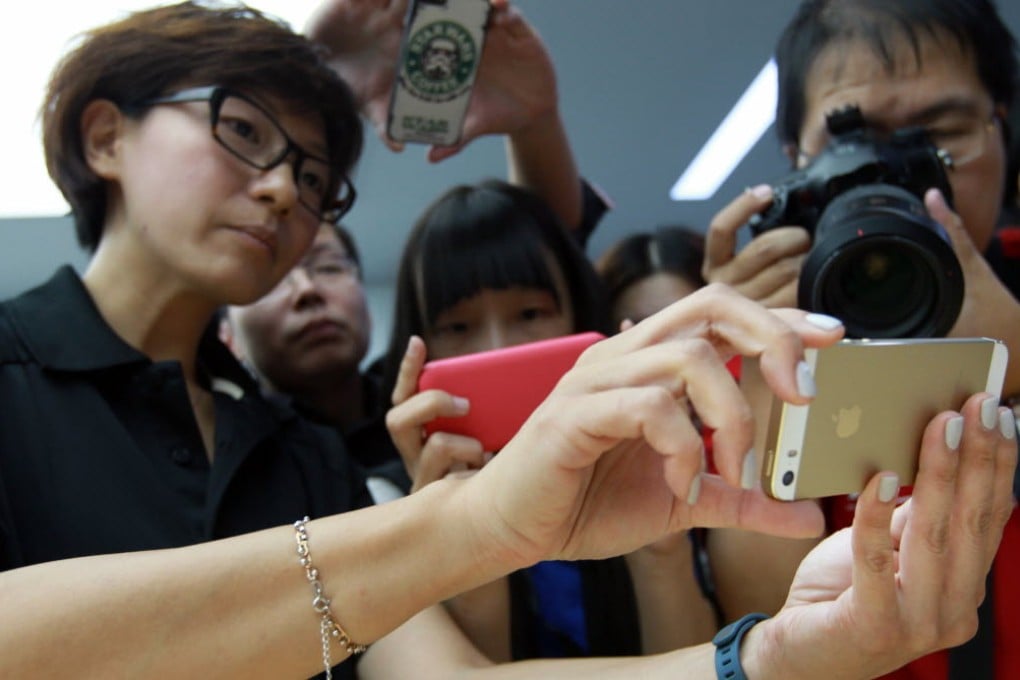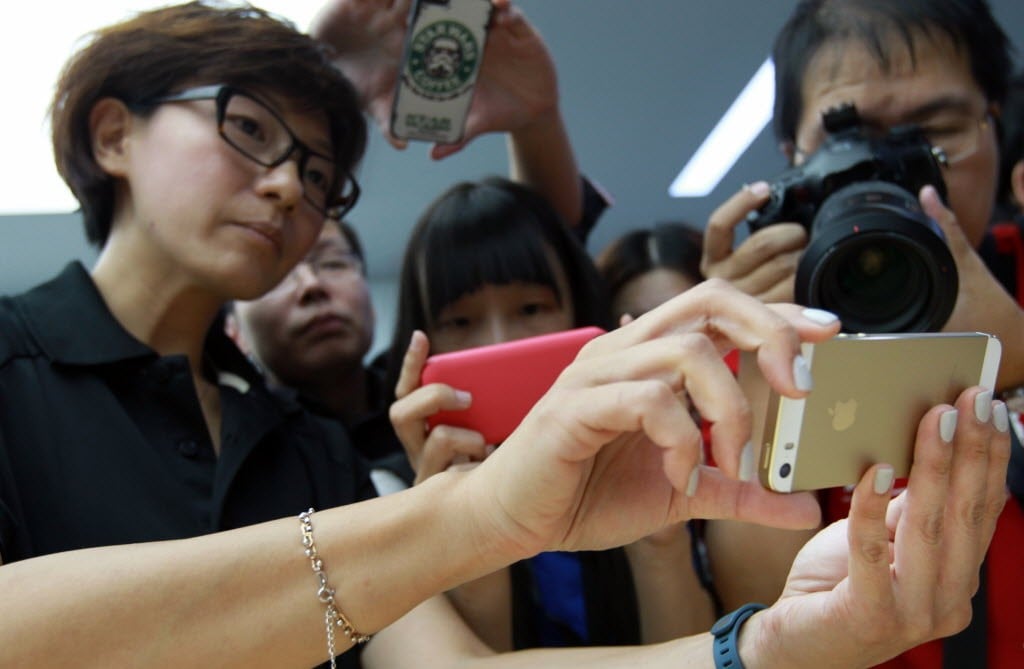Advertisement
Dual SIM slots and gold iPhones: Five ways Apple is embracing China
How Apple cracked China by following local tastes (and demands)
Reading Time:3 minutes
Why you can trust SCMP

This article originally appeared on ABACUS
The world’s largest smartphone market has long been key to the world’s most valuable company. Since Apple opened a store in Beijing in 2008, the company has added 40 more outlets across China -- more than any other country except the United States.
There are good reasons why Apple keeps vying for Chinese customers. Despite soaring competition with local brands and some disappointing results last year, China continues to deliver for Apple. In the last quarter, the company made as much money in China as it did in all of Europe -- and the iPhone X was the most popular smartphone in the country.
Here are some of the moves that Apple has made to woo China.
Dual SIM?
For months, leaks signalled that this year’s iPhone will carry a feature exclusive to China: Dual SIM card slots. While rare in the US, most Android handsets sold in China (and some parts of Asia and Africa) have two SIM slots.
Having two SIM cards on one phone allows users to jump between two carriers, taking advantage of different cellular plans. It’s also popular with frequent business travelers wanting to avoid hefty roaming fees abroad.
Gold iPhones

Advertisement
When Apple introduced an iPhone 5s in champagne gold in 2013, some fans slammed the color choice as tacky and off-brand. In China, the color was even nicknamed “tuhao gold” after a Chinese term describing newly rich people who like to flaunt their wealth.
But the gold-hued model turned out to be a massive hit, selling out immediately in China and around the world. CEO Tim Cook later revealed the gold iPhone was released in part to meet Chinese taste.
Advertisement
“To be clear, sales for the gold iPhones in China have far, far exceeded other markets,” he told Bloomberg Businessweek.
Advertisement
Select Voice
Choose your listening speed
Get through articles 2x faster
1.25x
250 WPM
Slow
Average
Fast
1.25x